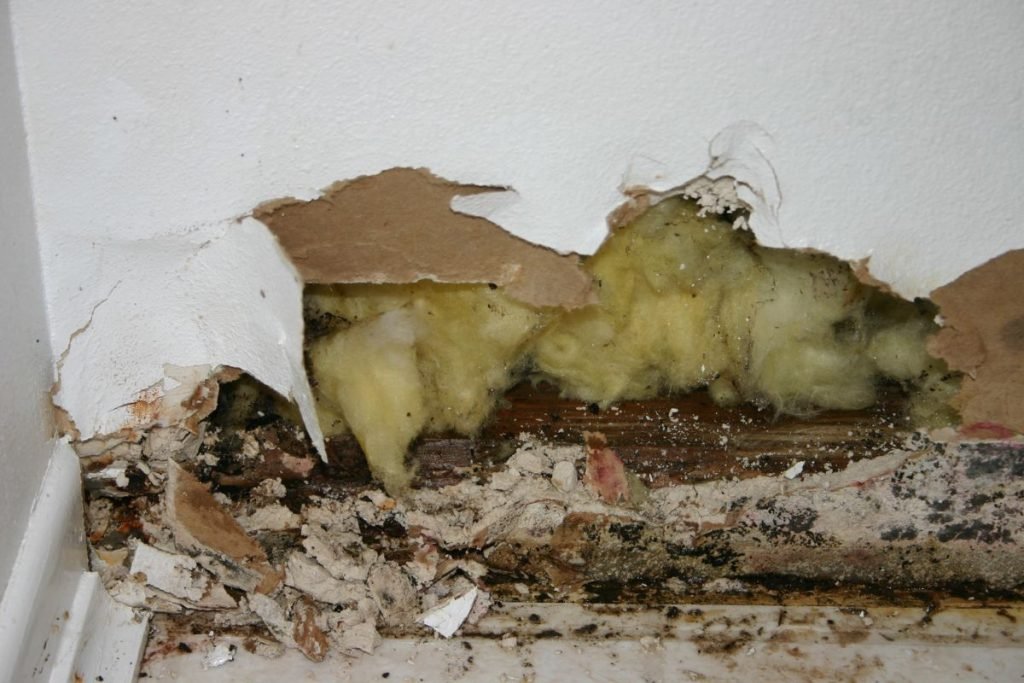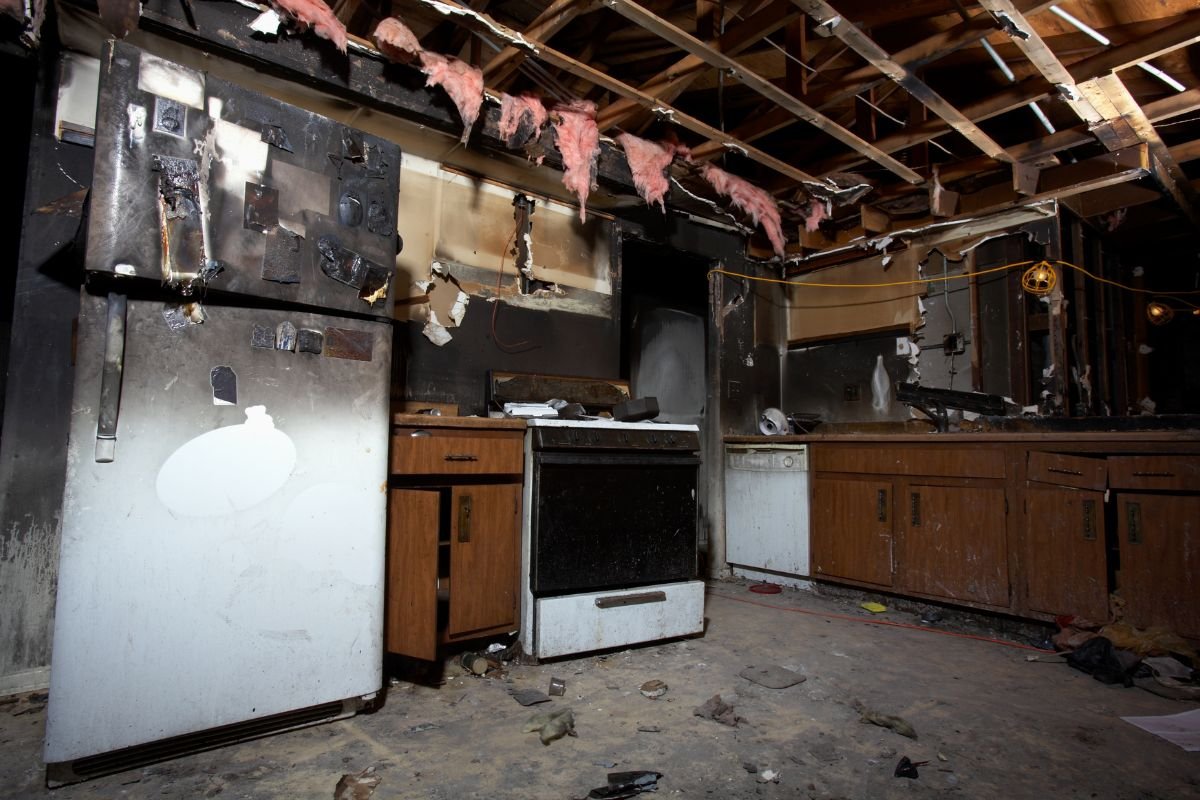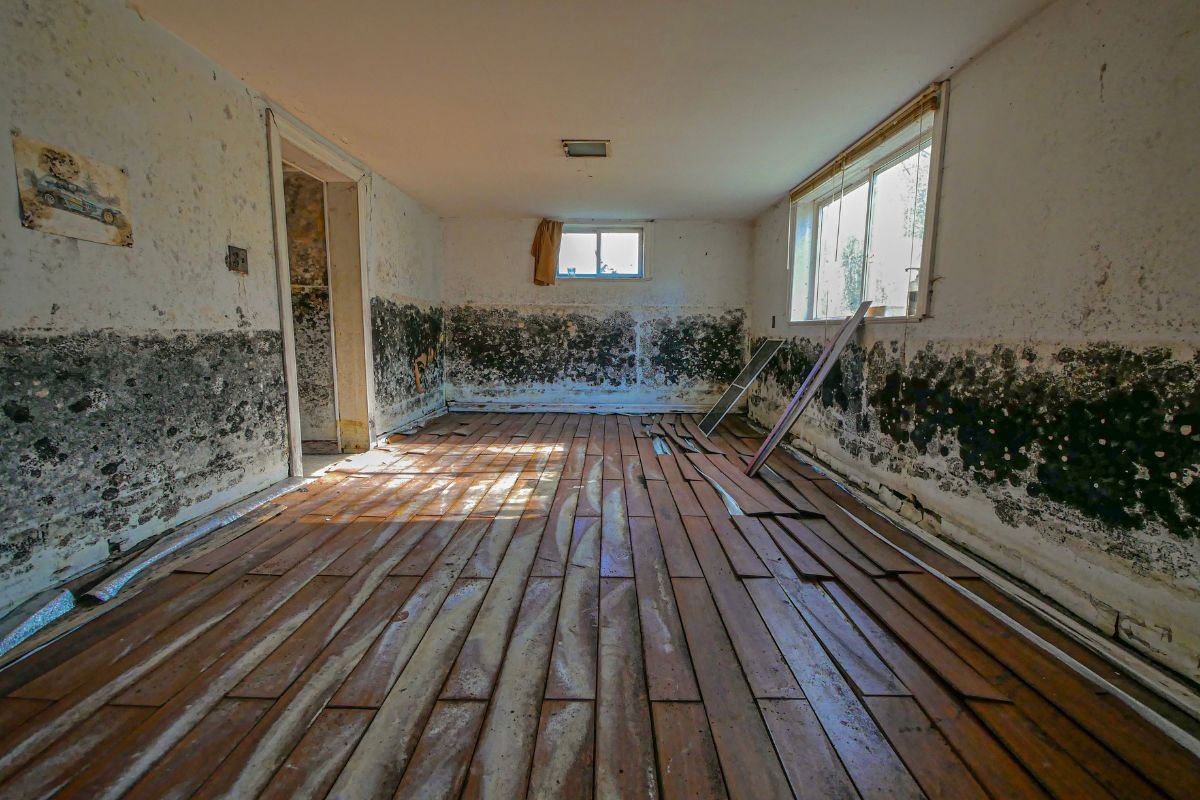
Is your home under attack by wood rot? Identifying the difference between dry rot and wet rot is the first step in protecting your property from potentially devastating damage. Dry rot, caused by fungi like Serpula lacrymans, can spread even in relatively dry conditions, while wet rot thrives in consistently damp environments. This article will guide you through understanding the key distinctions, spotting the signs, and implementing effective prevention and treatment strategies to keep your home safe.
Rotting Wood: A Homeowner’s Nightmare

Wood rot. Just the words can send shivers down a homeowner’s spine. It’s a silent destroyer, weakening the structural integrity of your home, leading to costly repairs, and even posing safety hazards. Imagine discovering soft, crumbling wood in your basement, only to realize it’s spread beneath the floorboards. The key to avoiding this nightmare scenario is understanding the enemy: wood rot. There are several types, but dry rot and wet rot are two of the most common and destructive. This article will equip you with the knowledge to differentiate between them, identify their causes, and take action to protect your investment.
Check out our services to learn everything about wood mold removal. Find the best solutions to eliminate mold and protect your wooden surfaces for the long run!
Defining the Terms
Before diving into the differences, let’s clearly define what we’re talking about.
- What is Dry Rot? Dry rot is a type of wood decay caused by specific fungi, most notably Serpula lacrymans. Contrary to its name, dry rot doesn’t necessarily require completely dry conditions to thrive. While it prefers damp environments to start, it can transport water over considerable distances through its mycelial strands, allowing it to attack wood that is seemingly dry. This makes it particularly dangerous because it can spread undetected.
- What is Wet Rot? Wet rot, on the other hand, does require persistently damp or wet conditions to develop. It’s caused by various fungi that attack wood with a high moisture content. Leaking pipes, inadequate ventilation, and poor drainage are common culprits that create the ideal environment for wet rot. Unlike dry rot, wet rot’s spread is typically limited to the area where the wood is consistently damp.
The Key Differences
Dry rot and wet rot both cause wood decay, but the key differences lie in their causes, appearance, and spread. Here’s a preliminary overview:
- Moisture Requirements: Dry rot can spread to drier areas, while wet rot is limited to persistently damp wood.
- Appearance: The visual characteristics of the affected wood differ.
- Spread: Dry rot is more aggressive and can travel through masonry, while wet rot is more localized.
- Fungi type: Dry rot typically caused by Serpula lacrymans while Wet rot caused by other various fungi.
The following sections will delve deeper into these distinctions.
Struggling with wood mold? Contact us now to restore and protect your home from further damage!
Causes and Conditions
Understanding the causes of dry and wet rot is crucial for effective prevention.
-
Dry Rot: The Importance of Ventilation
Dry rot thrives in stagnant, humid environments with poor ventilation. When moisture becomes trapped around wood, particularly softwoods, it creates the perfect breeding ground for Serpula lacrymans. Additionally, certain building materials, such as improperly treated lumber, can increase the risk. Older homes with inadequate ventilation in basements and crawl spaces are particularly vulnerable.
-
Wet Rot: The Persistently Damp Environment
Wet rot is a direct result of constant exposure to moisture. Common causes include leaking pipes, overflowing gutters, condensation, and rising damp. Areas around windows, sinks, and bathrooms are prime targets. Various fungi cause wet rot, including Coniophora puteana, and they all require consistently high moisture levels to survive.
For more information on how to effectively deal with mold issues in your home, check out our previous blog post on whether laundry can kill or remove mold spores.
Identification
Being able to identify dry rot and wet rot is essential for early detection and preventing further damage.
-
Dry Rot: Visual Clues and Characteristics
Dry rot often presents with the following characteristics:
-
- Cracked, Brittle Wood: The wood becomes dry and brittle, often cracking into cuboidal pieces.
- Fruiting Bodies: You might see fruiting bodies, which are reddish-brown, pancake-shaped growths.
- Mycelium: A cotton-like, grayish-white or yellowish growth (mycelium) may appear on the surface of the wood. This mycelium can transport water over longer distances to other wood surfaces.
- Distinctive Odor: A musty, damp smell is often associated with dry rot.
- Color Changes: The wood might darken and take on a brownish hue.
Spotting these signs? It’s time for professional help. Call us today!
-
Wet Rot: Visual Clues and Characteristics
Wet rot’s appearance can vary depending on the type of fungus involved, but common signs include:
-
- Soft, Spongy Wood: The wood becomes soft, spongy, and often easily crumbles.
- Darkening or Discoloration: The wood may darken or exhibit discoloration, such as a mottled or stained appearance.
- Surface Mold or Mildew: Mold or mildew may grow on the surface of the affected wood.
- No Significant Odor: Unlike dry rot, wet rot may not have a strong or distinctive odor.
Where They’re Found
Knowing where to look can help you catch rot early.
-
Dry Rot Hotspots
- Basements: Poorly ventilated basements with high humidity are prime breeding grounds.
- Crawl Spaces: Similar to basements, crawl spaces are often damp and poorly ventilated.
- Attics: Roof leaks can lead to moisture accumulation in attics, promoting dry rot.
- Areas Behind Walls: Leaky pipes or condensation can create hidden pockets of moisture.
- Near Fireplaces: Some dry rot fungi have the ability to consume drywall that make up around the fireplace chimney.
Protect your investment! Our expert team provides comprehensive dry rot inspections and treatment. Call us!
-
Wet Rot Hotspots
- Around Leaky Pipes: Any area near a leaking pipe is at high risk.
- Window Sills: Water can seep through cracks or damaged seals, leading to wet rot.
- Bathrooms: High humidity and potential leaks make bathrooms a vulnerable area.
- Under Sinks: Leaks under sinks can go unnoticed for extended periods, fostering wet rot.
Protect your home from harmful mold—call us now to learn the best wood mold removal methods!
Treatment and Prevention

Protecting your home from wood rot requires a proactive approach to both treatment and prevention.
-
Dry Rot Treatment and Remediation
Dry rot treatment typically involves the following steps:
-
- Identifying and Eliminating the Moisture Source: This is the most critical step. Fix any leaks or ventilation issues.
- Removing Affected Wood: All wood that is visibly infected with dry rot must be removed and disposed of properly.
- Sterilizing the Area: The surrounding area should be treated with a fungicide to kill any remaining spores.
- Replacing Damaged Wood: Replace the removed wood with treated lumber.
-
Wet Rot Treatment and Remediation
Wet rot treatment involves similar steps:
-
- Identifying and Eliminating the Moisture Source: Fix leaks, improve ventilation, and address any sources of dampness.
- Removing Affected Wood: Remove and dispose of all wood that is affected by wet rot.
- Applying Wood Preservatives: Treat the surrounding wood with a wood preservative to prevent future rot.
- Replacing Damaged Wood: Replace the removed wood with treated lumber.
-
Preventing Future Rot: Proactive Measures
-
- Improve Ventilation: Ensure adequate ventilation in basements, crawl spaces, and attics.
- Fix Leaks Promptly: Address any leaks as soon as they are discovered.
- Use Treated Wood: When replacing wood, use treated lumber that is resistant to rot.
- Regular Inspections: Conduct regular inspections of your home to identify any potential problems early.
DIY vs. Professional Help
Small, localized areas of wet rot might be treatable with DIY methods. However, dry rot, due to its aggressive nature and ability to spread, generally requires professional intervention. Large areas of wet rot also warrant a professional assessment. If you’re unsure about the extent of the damage or your ability to properly address the problem, it’s always best to consult with a qualified contractor. Professionals have the expertise and equipment to accurately assess the damage, identify the underlying causes, and implement effective treatment plans.
Cost Considerations
The cost of wood rot repair can vary significantly depending on the extent of the damage, the type of rot, the accessibility of the affected area, and the materials and labor required. Generally, dry rot repairs tend to be more expensive due to the more extensive damage and the need for specialized treatment. It’s important to obtain quotes from multiple contractors to compare prices and services.
Rot-Free Homes: A Summary of Key Takeaways
Wood rot, whether dry rot or wet rot, poses a significant threat to the structural integrity and value of your home. Understanding the differences between these two types of rot, identifying their causes, and implementing effective prevention and treatment strategies are crucial for protecting your investment. Remember to address moisture problems promptly, maintain good ventilation, and consult with a professional when necessary. By taking a proactive approach, you can keep your home rot-free and safe for years to come.
Don’t let mold damage your wooden surfaces—call us today for expert wood mold removal solutions!
